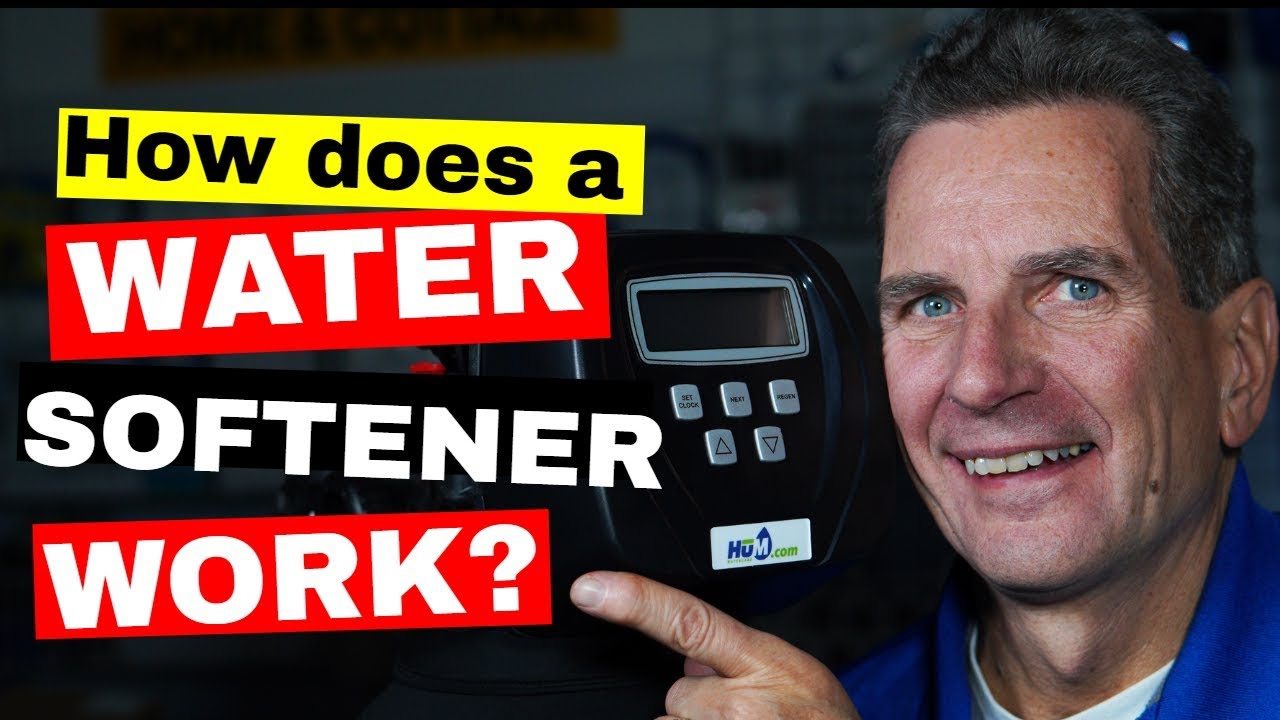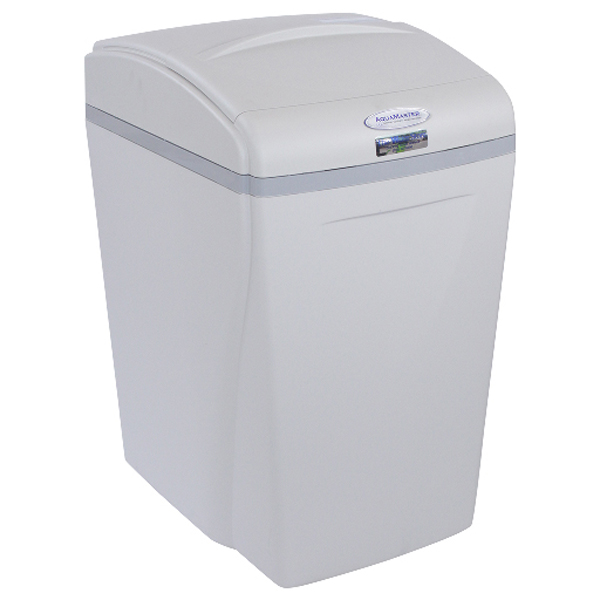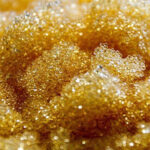
How Does a Water Softener Work?
Have you ever found yourself asking how a Water Softener actually softens water? A lot of people have Water Softeners or are thinking about getting a Water Softener for their home, business, or cottage — but few people actually know how they work! Today, Gary the Water Guy is here to simplify things and break it all down for you. Let’s get started!
SO… WHAT IS A WATER SOFTENER?
 A Water Softener is a water filtration system that works on an ion exchange process to remove the minerals that cause your water to be hard.
A Water Softener is a water filtration system that works on an ion exchange process to remove the minerals that cause your water to be hard.
Some benefits of a Water Softener are that it aids in easier cleaning and helps eliminate rusty stains on toilets, tubs, sinks, and showers. It leaves your dishes sparkling clean (no hard water spots) and leaves you with softer skin and hair. You don’t need to use as much soap or shampoos with soft water, so it helps save on expenses. Plus, it helps increase the longevity of your water-using appliances!
When looking at a unit, you’ll see that most Water softeners have two tanks. There is a taller, slimmer one with a control valve at the top, which is called the media tank. The other shorter tank with a lid that you open (that looks like a garbage can), holds the salt and is called the brine tank. Sometimes the smaller media tank is actually inside the larger brine tank, like on the Aquamaster water softener displayed here.
HOW DOES A WATER SOFTENER SOFTEN YOUR WATER?
 All of the water in your house flows into your Water Softener and runs through a bed of small plastic beads that look like Honey Comb cereal but are a whole lot smaller. These beads fill most of the media tank. As water passes over these beads, the hardness (calcium and magnesium) and iron sticks to the media beads and gets removed from your water. This results in softened water!
All of the water in your house flows into your Water Softener and runs through a bed of small plastic beads that look like Honey Comb cereal but are a whole lot smaller. These beads fill most of the media tank. As water passes over these beads, the hardness (calcium and magnesium) and iron sticks to the media beads and gets removed from your water. This results in softened water!
Eventually, the media beads are covered with calcium and magnesium and need to be regenerated, or cleaned, so they can continue to soften the water. Once it reaches the unit’s capacity, the regeneration process will be triggered.
HOW OFTEN DOES A WATER SOFTENER NEED TO REGENERATE?
The valve on top of your water softener has a meter built into it that measures how much water you’ve used. Once you’ve used up the capacity of the tank, the water softener automatically triggers the regeneration process. This process typically happens at night (often set for 2:00 am), or anytime there is very little water usage in the home, and usually regenerates every 5-7 days.
HOW DOES THE REGENERATION CYCLE FLOW?
- The first stage of the regeneration cycle is to backwash. The process starts by automatically backwashing all of the media and flushing the debris (sediment, dirt) to the drain while fluffing up the media.
- The second stage is the brine cycle. In this step, the salty water from the brine tank is sucked up into the media tank. As the salty water or brine runs over the resin beads it releases the hardness and recharges the beads while flushing the calcium, magnesium, iron, dirt, and sediment to the drain.
- The beads are then fully rinsed to remove all of the brine and settle the media beads back into place.
- The last step of the regeneration cycle is the fill cycle. This consists of the water softener valve putting the correct amount of water (based on the hardness settings) into the brine tank to make brine so it’s ready when the next regeneration is needed.
And that’s how a Water Softener works!
If you are struggling with hard water stains, calcium build-up, or rusty stains on your toilets, tubs, and sinks… give us a call! Water Store Midland offers free in-home water analysis and love helping families conquer crappy water.
If you liked this video and are interested in learning more about Water Softeners, click here.